Dieffenbachia is very popular among gardeners. This plant is a separate genus belonging to the Aroid family. In nature, there are more than 60 species of flower, many of which are grown in indoor floriculture.
Dieffenbachia is distinguished by a thick and powerful stem, capable of reaching several meters. Large petiole oval leaves are located on the stem. Despite the fact that the plant is capable of blooming, it is the leaves that represent its decorative value.
Leaf plates are most often painted in several colors (green, white, yellow), but there are species with plain green leaves. Most species have spotted spots on a green background, but there are representatives with strokes, borders and a central vein.
Over time, the lower leaves fall off, exposing the trunk. From this, Dieffenbachia loses its aesthetic value, so you have to cut off the top of the flower and root it again. Most representatives of the species have a single apical point of the genus. But breeders managed to get hybrids with sleeping lateral points, which gave the plant the opportunity to scrub.
The most common difficulty encountered by flower growers when growing a flower is yellowing of leaf plates. The main reason that leaves turn yellow is the improper care of dieffenbachia.
Content
Mistakes in care as the main causes of yellowing of leaves in dieffenbachia
Dieffenbachia cannot be called capricious, but you cannot call it unpretentious either. The flower instantly responds to inappropriate conditions for it by the state of the leaves. Their yellowing is often associated with improper organization of plant care. This may be inappropriate lighting, temperature, humidity, watering, as well as improper fertilizer, soil and a flower pot.
Lighting
Dieffenbachia is afraid of direct sunlight from the active sun. From them on the leaves of the plant yellow-brown spots are formed - burns, which lead to death. Yellowing and falling of leaves also occurs when there is a shortage of light. The flower must be kept in partial shade in the summer and on the windowsill in the winter. Only in this way will he receive the necessary portion of lighting.
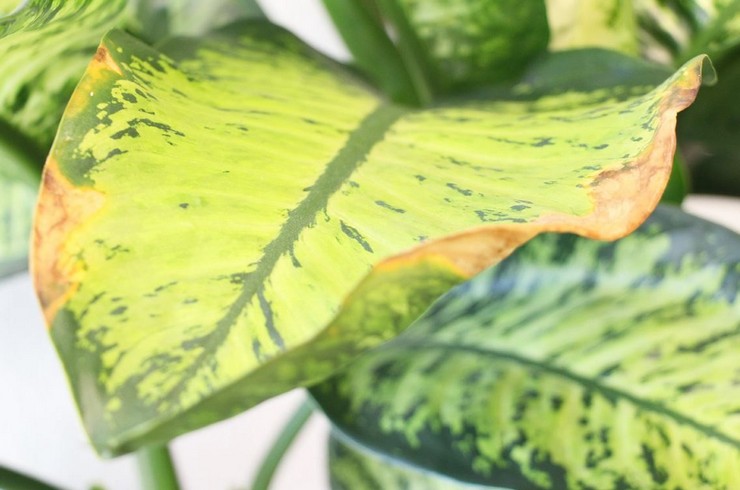
In the warm season, when the sun is especially active, the flower is shaded with a curtain or set next to the window. It is advisable to place the pot on the east, west or north side of the room. This arrangement will protect the plant from the harmful effects of the sun.
During cold weather cloudy weather reigns. To give the plant the required amount of light, it is transferred to the windowsill. In this case, it is better to move the flower pot to the south side of the house. If this is not possible, Dieffenbachia arrange additional lighting with fluorescent lamps.
Temperature and humidity
The plant is very thermophilic. Low air temperature can cause yellowing of leaves with further falling. In the warm season, the flower is kept at a temperature of 20-30 ℃. From September to March, Dieffenbachia is at rest. At this time, the temperature is gradually reduced to 15 ℃ maximum.
The plant requires high humidity. The optimal indicator is a humidity level of 65%. If the humidity is not high enough, the leaves of Dieffenbachia begin to turn yellow. Yellowing occurs at the tips. First, the lower leaves change color, followed by the upper leaves. As a result, they fall, exposing the trunk.
In addition to mandatory spraying, experts recommend using additional methods to increase the humidity level. This is especially true for maintenance in winter. The dieffenbachia pot can be mounted on a wet pebble tray. You can also place next to the plant a special device that moisturizes the air.
Watering
Dieffenbachia, like most indoor flowers, is afraid of waterlogging the soil. Abundant hydration can trigger the development of rot. From such a disease, the flower can not only turn yellow, but also die.
During the growing season, the plant should be watered as necessary. Experts recommend not to use schemes, but to moisten the soil as it dries. In winter, watering is slightly reduced. Dieffenbachia is resting at this time, so she does not need a lot of nutrients. Cold water can provoke a negative reaction of a plant. To water it should be warmed to room temperature.
Fertilizers
Yellowing of the plates may be the result of improperly organized feeding. Dieffenbachia is very sensitive to soil composition. The lack or excess of minerals in the soil is accompanied by yellowing and falling of leaves.
Finding a middle ground is very simple if you follow the recommendations of experts. Dieffenbachia is fertilized exclusively during the period of active growth, that is, from March to September. Feeding is administered every 3 weeks. The recommended dosage of fertilizer should be halved. To feed the Dieffenbachia, mineral complexes for decorative and deciduous plants are used. It is very important that there is no lime in the complex.
Priming
Very often, yellowing of the leaves causes improperly selected soil. First of all, it should be borne in mind that the flower does not tolerate alkaline soil and the presence of lime in it. From such soil, the plant should be immediately transplanted into a more suitable one, otherwise, instead of a lush flower, one trunk will remain.
When transplanting, it is very important to warm the soil to room temperature. The transplantation is carried out by transshipment so as not to damage the fragile roots of the plant. Dieffenbachia will also respond to damage to the root system by changing the appearance of the leaves.
Insufficient pot volume
Yellowing of the lower leaves and stunting signal a cramped pot. Dieffenbachia has a very developed root system. The first 5 years, it is growing rapidly. Therefore, young plants need an annual transplant, and adults - every 2-3 years.
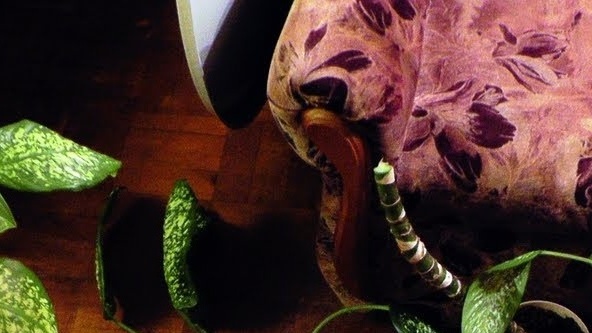
With each transplant, the pot is taken more and more. Roughly, a couple of centimeters should be added to the diameter of the previous flowerpot. The shape of the pot does not play a particularly important role. If the flowerpot is wide, the root system will grow to the sides, if deep - down.
There are cases when Dieffenbachia became cramped in a pot even with a regular transplant. In such situations, the plant should be transplanted into a more spacious pot unscheduled.
Diseases and pests in dieffenbachia causing yellowness on the leaves
Yellowing can be caused by more serious reasons. These include infection of the flower with pests or diseases.
Pests
Dieffenbachia can be attacked by aphids, scale insects, mealybugs. But the spider mite causes the greatest harm to the plant. After infection with a tick, small brownish spots appear on the leaves. Over time, these spots grow, and the leaf turns yellow, deformed and dies. At the same time, a thin cobweb is noticeable on the inner part of the leaf plate, as well as on the petiole. If you look closely, you will notice brown moving points - ticks.
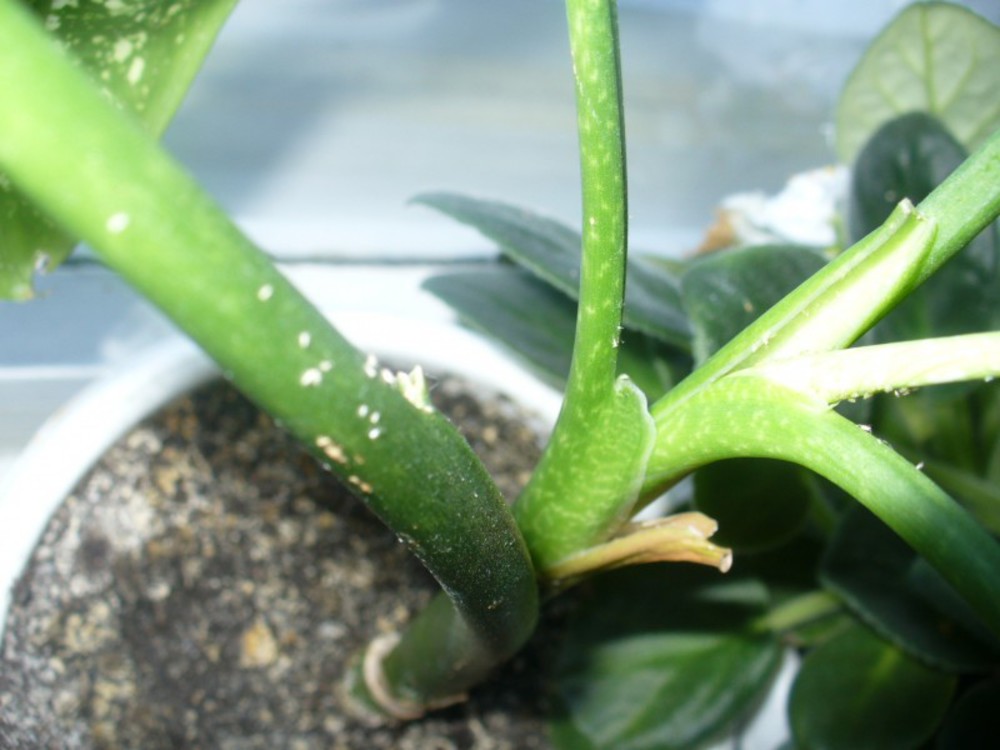
Some gardeners advise getting rid of the tick by treating the ground parts of the plant with hot water (about 40 ℃). Others recommend treating the flower with a concentrated solution of laundry soap. However, the surest way to get rid of parasites is an insecticide.
Fungal diseases
The most common fungal diseases, which are accompanied by yellowing and drying of the leaves, are anthracosis, root rot and spotting. You can identify diseases in the early stages by the following symptoms:
- Anthracosis. Black-brown spots in a yellowish frame at the edge of the sheet.
- Root rot. Dark spots on the root neck (basal part of the plant stem) and a light gray coating on the roots.
- Spotting. Rapidly growing brown spots with an orange border.
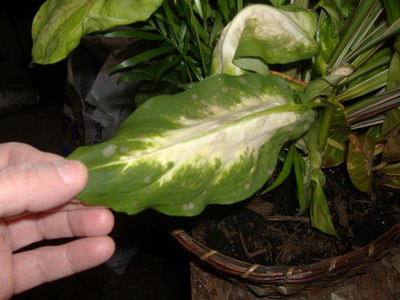
All of the above diseases are successfully cured with the help of fungicides. The number of treatments depends on the severity of the lesion. Damaged parts of the plant should be destroyed.
Viral
Among the diseases of a viral nature, bronze and mosaic are distinguished. You can recognize the disease by the following signs:
- Bronze. Yellow spots on the leaves in the form of a circle or ring. Such leaves fade, but continue to hang on the stem.
- Mosaic. Numerous spots of shades of yellow and green on the leaves. The plant abruptly stops growth and development.
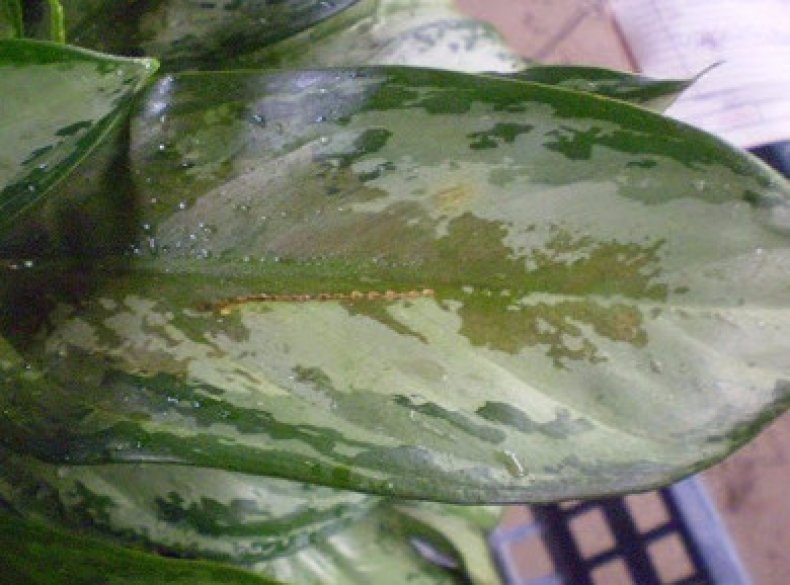
Viral diseases are very dangerous for plants. They are considered incurable. A flower can pick up a virus from a neighboring plant or through harmful insects. Plants with the above diseases should be destroyed, and the pot and its location should be disinfected.
Bacterial
Bacteriosis is one of the most dangerous plant diseases. In addition to the fact that bacteriosis is incurable, it can spread rapidly, infecting neighboring cultures. The first symptom of the disease is the formation of yellow watery areas with well-defined borders. As the disease develops, they darken, acquiring a brown tint.
Bacteriosis leads to the death of the flower. To prevent the spread of bacteria, such plants must be burned. The pot and the place on which it stood are subject to disinfection.
Common questions
Yellowing is one of the most common problems in growing dieffenbachia. It can be triggered by errors in the care of the flower or the defeat of its diseases and pests. The principles of plant care should be reviewed, as well as diagnosed for typical diseases.

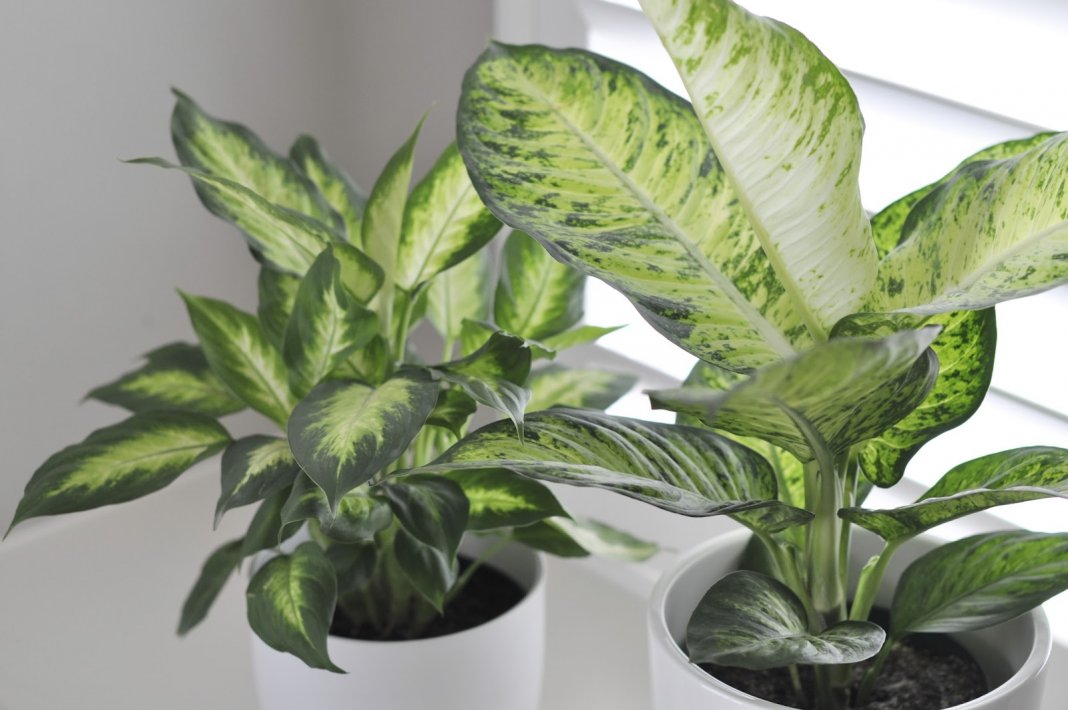
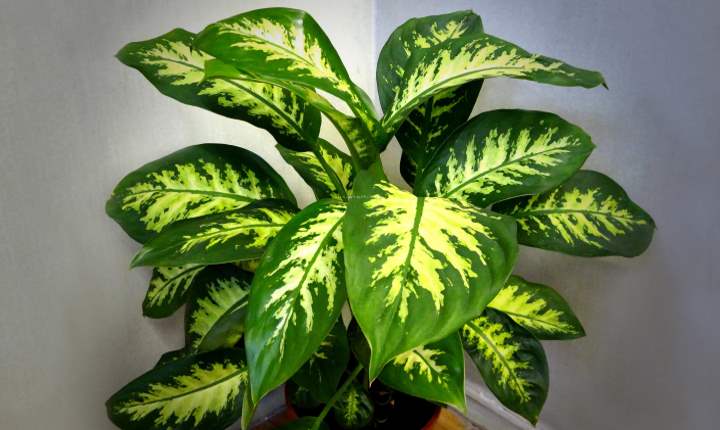
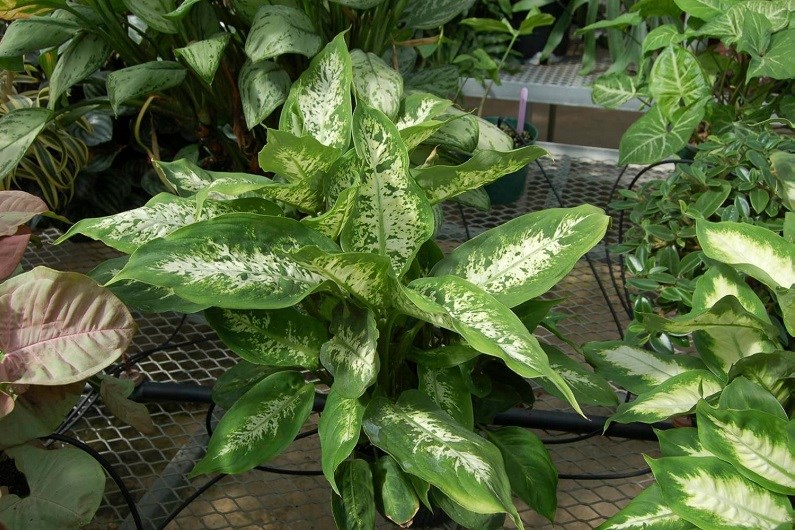
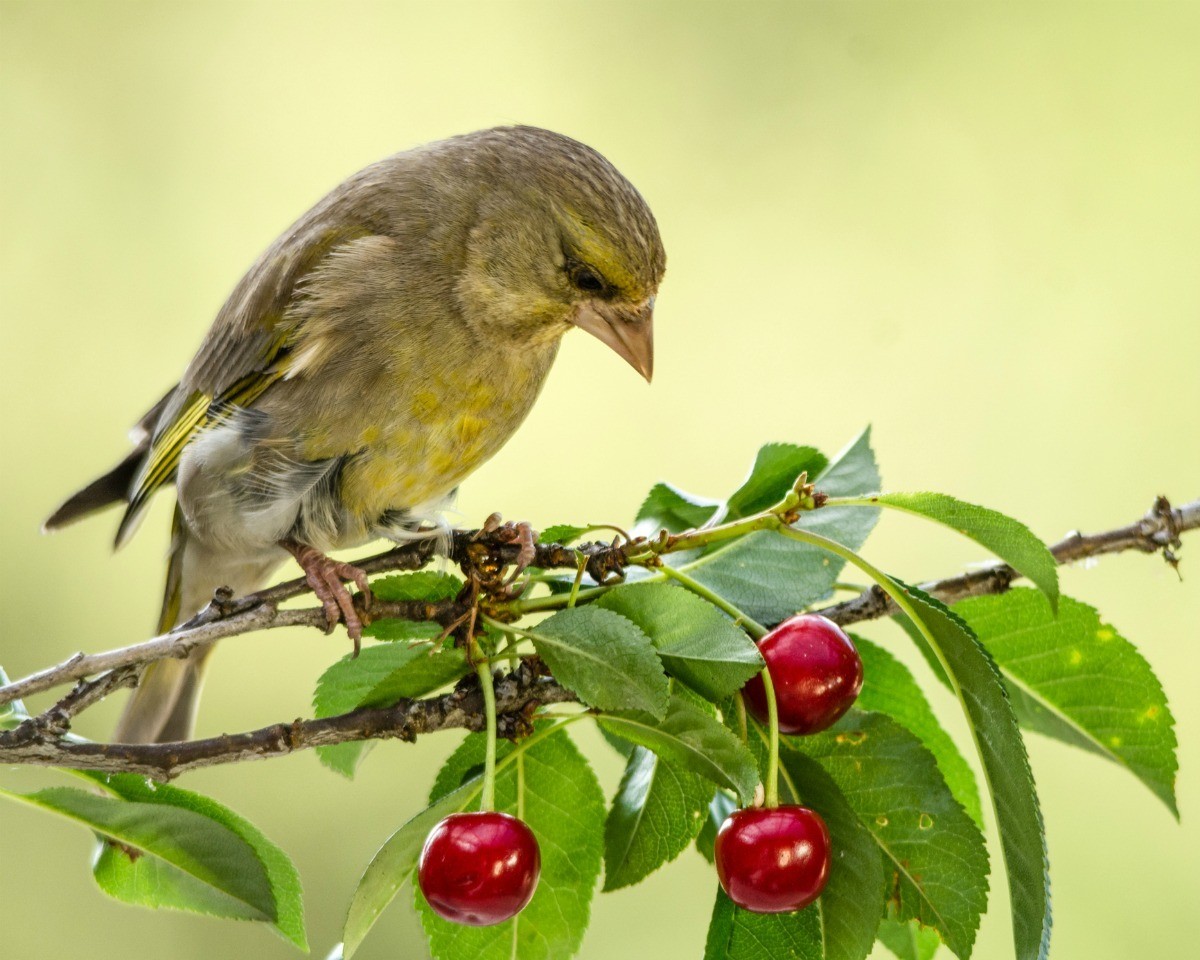
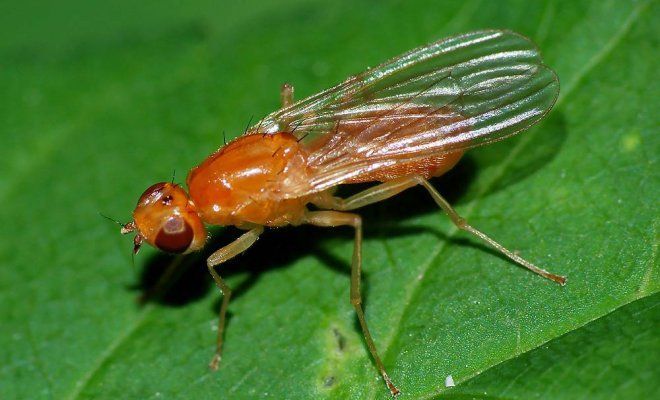
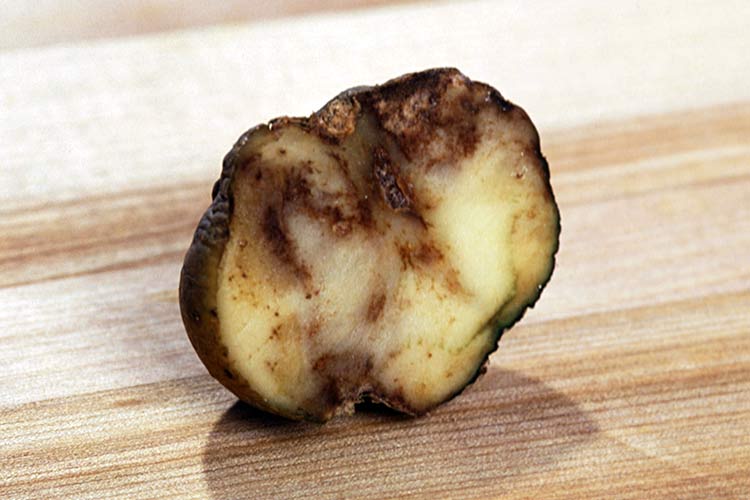
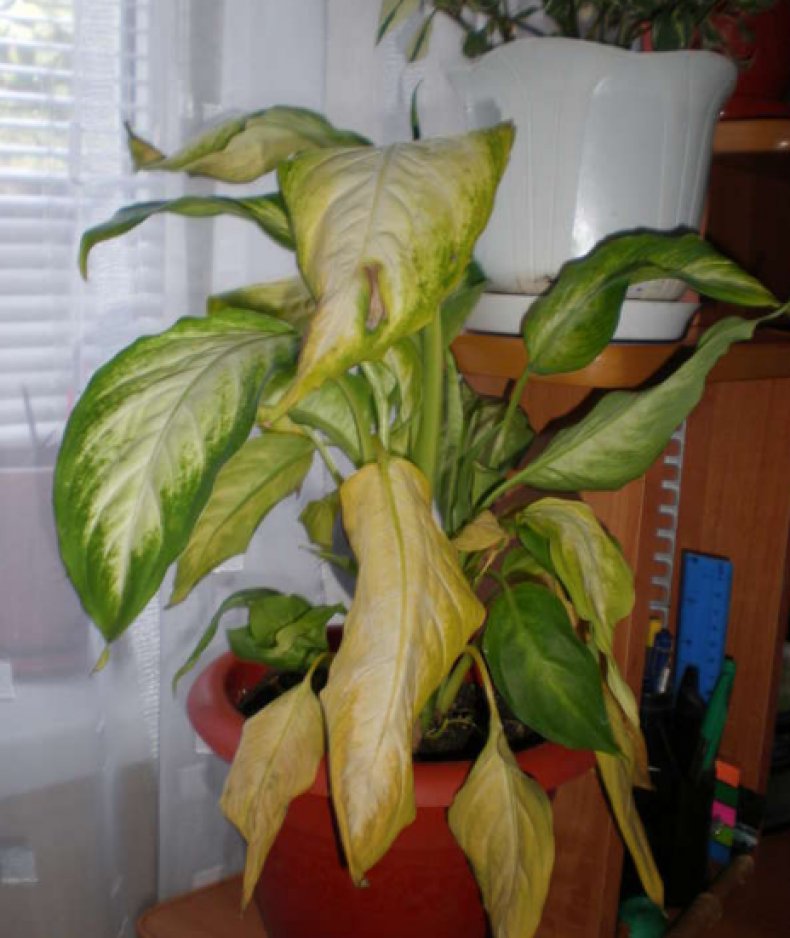
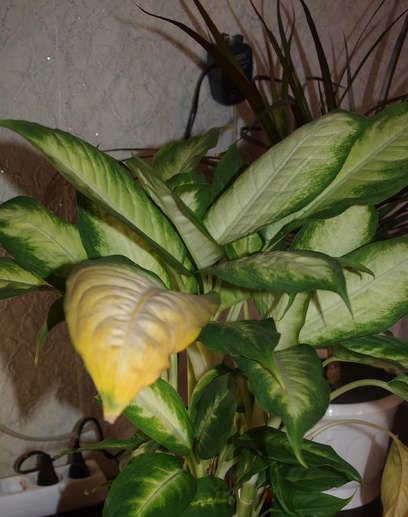
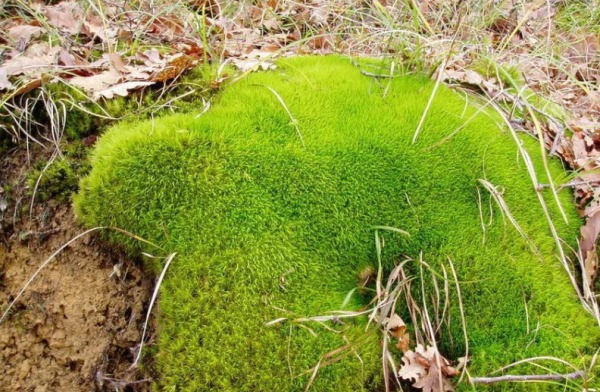 Where does moss come from in the garden and is it necessary to get rid of it?
Where does moss come from in the garden and is it necessary to get rid of it?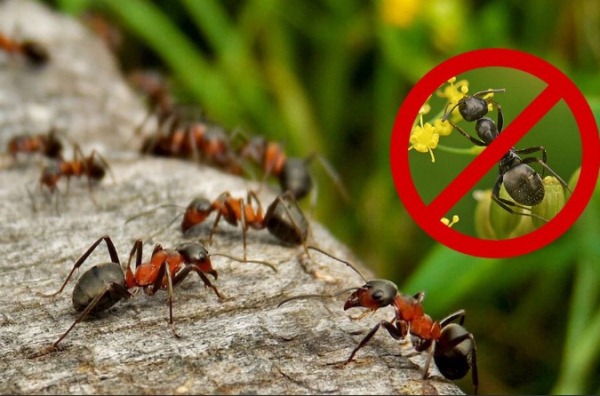 The most effective ways to deal with ants in the area
The most effective ways to deal with ants in the area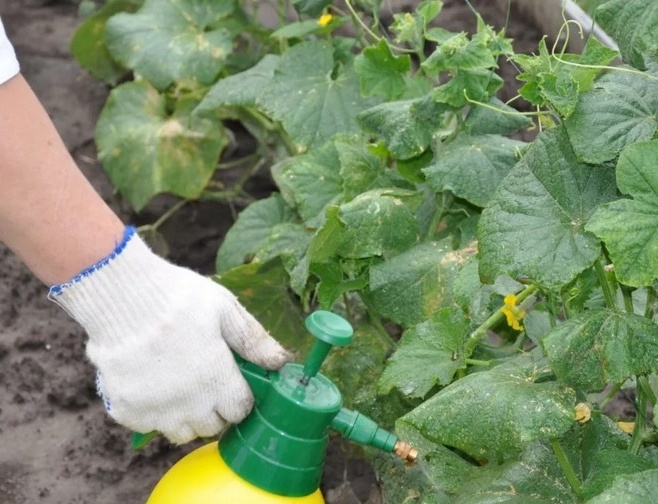 Cockchafer and Bear: An Easy Way to Save Plant Roots
Cockchafer and Bear: An Easy Way to Save Plant Roots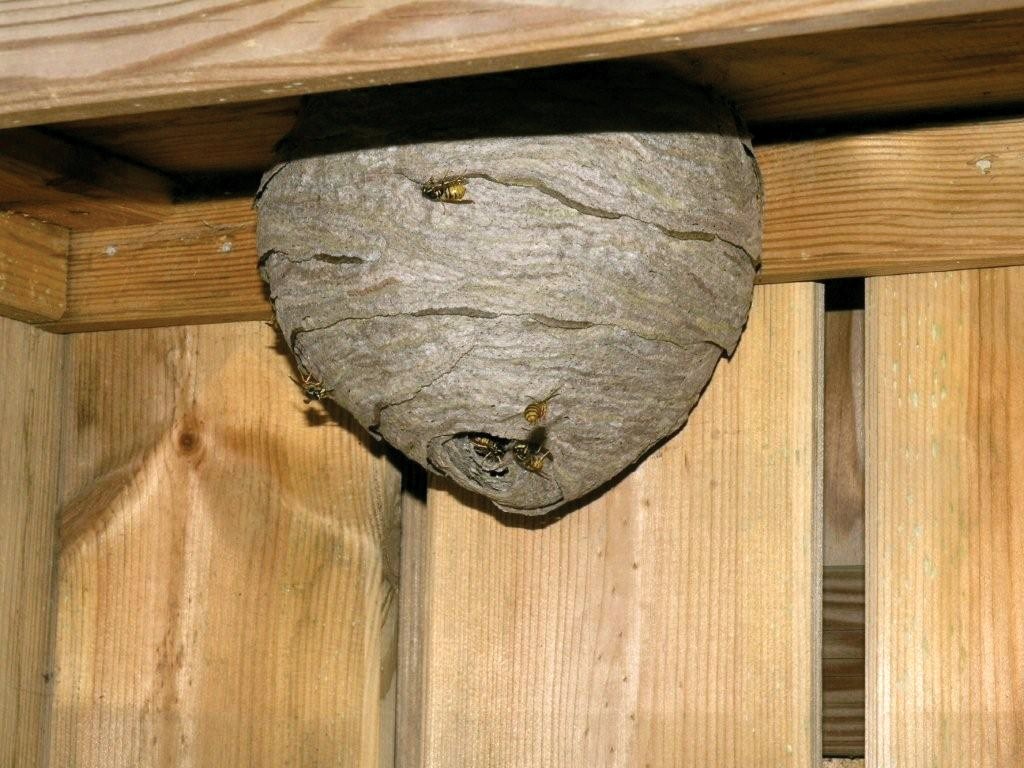 Get rid of the aspen nest quickly and safely.
Get rid of the aspen nest quickly and safely.